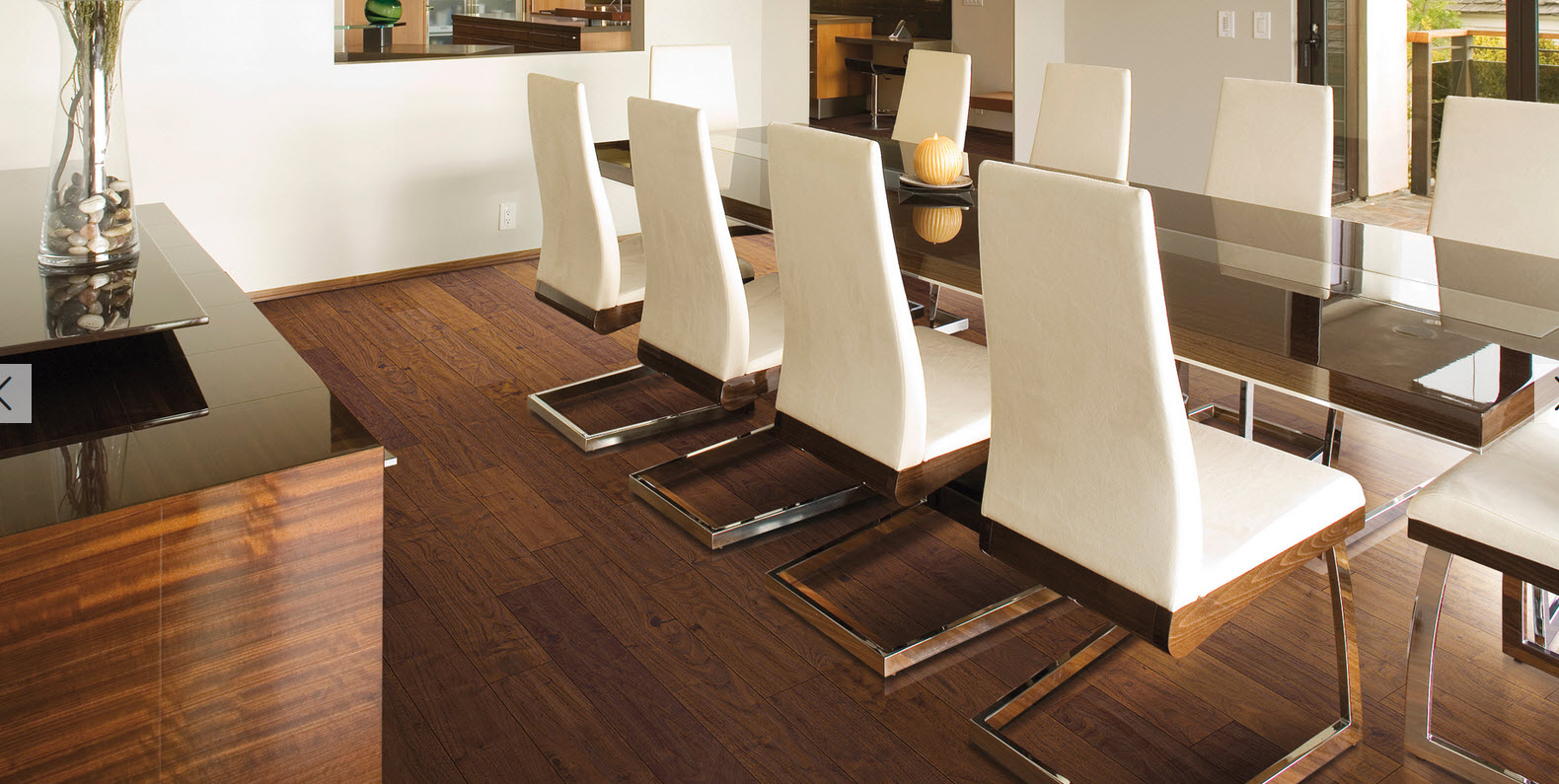So, you’ve settled on hardwood flooring for a room in your home…now what? You’ve chosen an extremely beautiful and versatile product that will stand the test of time; however, there are many different types of hardwood to navigate. Here are some tips on what to know throughout the hardwood floor buying process.

Different types of hardwood flooring are good for different types of sub-flooring. Find out which type you have, while considering the level of your home, to come up with the best hardwood to install.
Think about moisture. With changes in moisture comes warping and sagging. Make sure you stay within manufacturer parameters for moisture when installing a particular type of hardwood. You may need to install a moisture barrier for additional protection if the room in question gets a lot of humidity.
The main sub-floors include:
- Basement or concrete below ground level
- Concrete at ground level
- Plywood at or above ground level
Consider the construction. Take a look at these four difference types of hardwood floor constructions:
- 3/4-inch solid
- 5/16-inch solid
- Engineered
- Locking
Let’s break each one of these down further:
3/4-inch Solid
This is the most popular sizing, designed for installation over a plywood subfloor at or above ground level. This is because solid floors tend to expand more than engineered floors when they come into contact with moisture. You can even sand and refinish solid floors later should you choose.
5/16-inch Solid
A bit thinner than the one above, this one is not meant to be installed in the basement or on concrete below ground level. However, its lighter weight means you can secure it with glue. The use of urethane adhesives is recommended, as well as the addition of moisture barriers.
Engineered Hardwood Flooring
This is designed for installation over concrete and doesn’t expand as much as the two above options. This means engineered hardwood is ideal for any room in the home, even the basement. It’s more eco-friendly and doesn’t cost as much as solid floors due to the thin layer of veneer.
Locking Hardwood Flooring
Also called a floating floor, this involves easy installation thanks to a locking tongue-and-groove system. A great DIY option, you don’t need nails, staples, and glue; however, you do need a moisture barrier under layment.
Wood Species
Now that you’ve got that down, it’s time to choose a species of wood. You should know some are harder and more durable than others, so consider the traffic the floor will be getting before settling on a particular species. The most common are White Red and White Oak, but Hickory, Maple, and Walnut are also top sellers. If you want to go for an exotic hardwood, the most popular options include Brazilian Cherry, Brazilian Koa and Cumaru, says Bob Vila.
Appearance
Next factor to consider is grain, color and finish. Go with distressed wide plank flooring for a country-themed home, but oak and maple random plank width flooring is better for Colonial styles. Traditional décor calls for narrower oak, maple or walnut. The stain and finish you want will depend on the décor of the rest of the room. You can totally change the look of your hardwood flooring depending on the finish you choose, whether clear gloss or a distressed wire-brush finish.
The experts at Carpet Heritage can help you select the perfect hardwood floors for your home, so call today for assistance!
